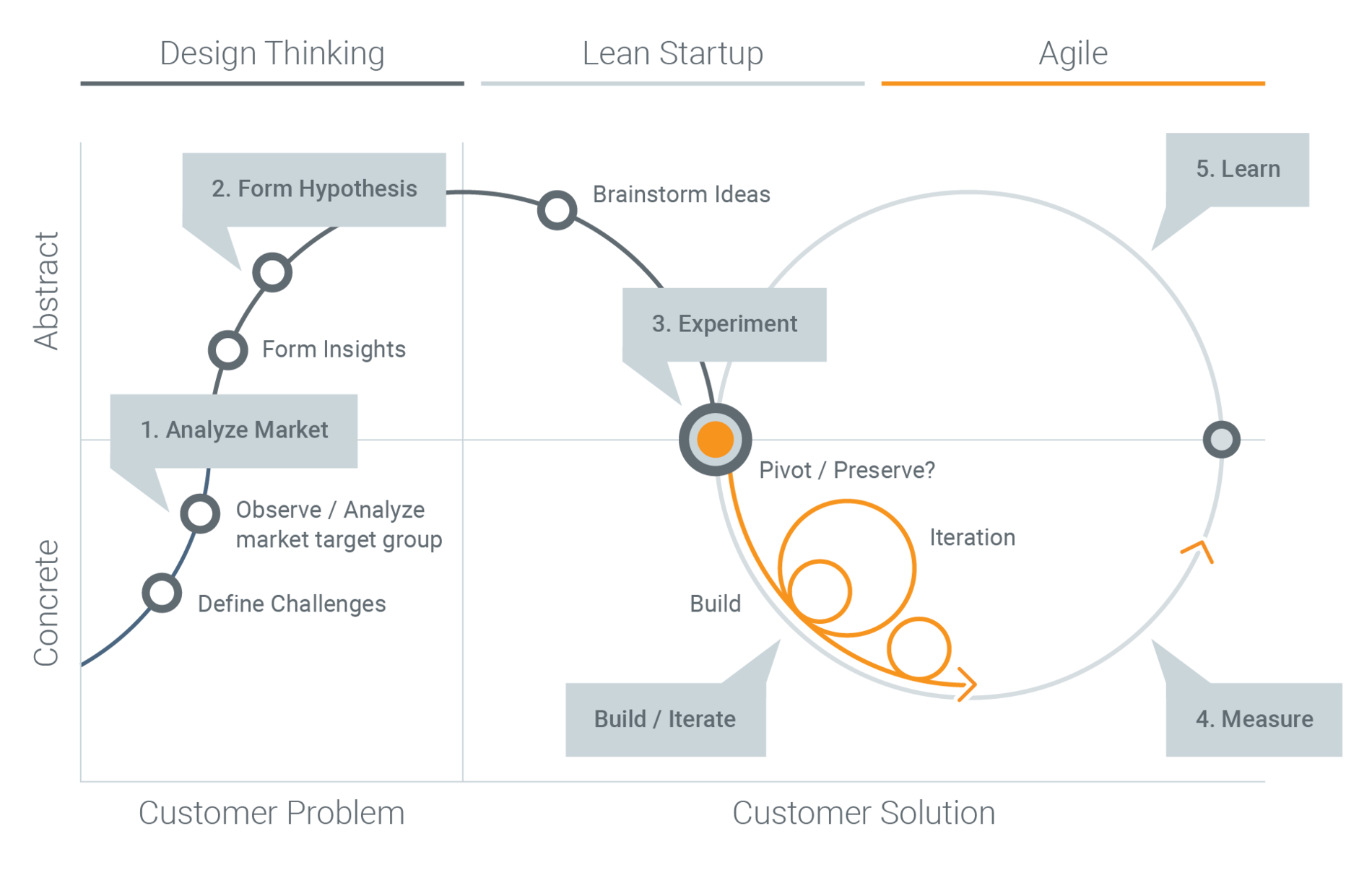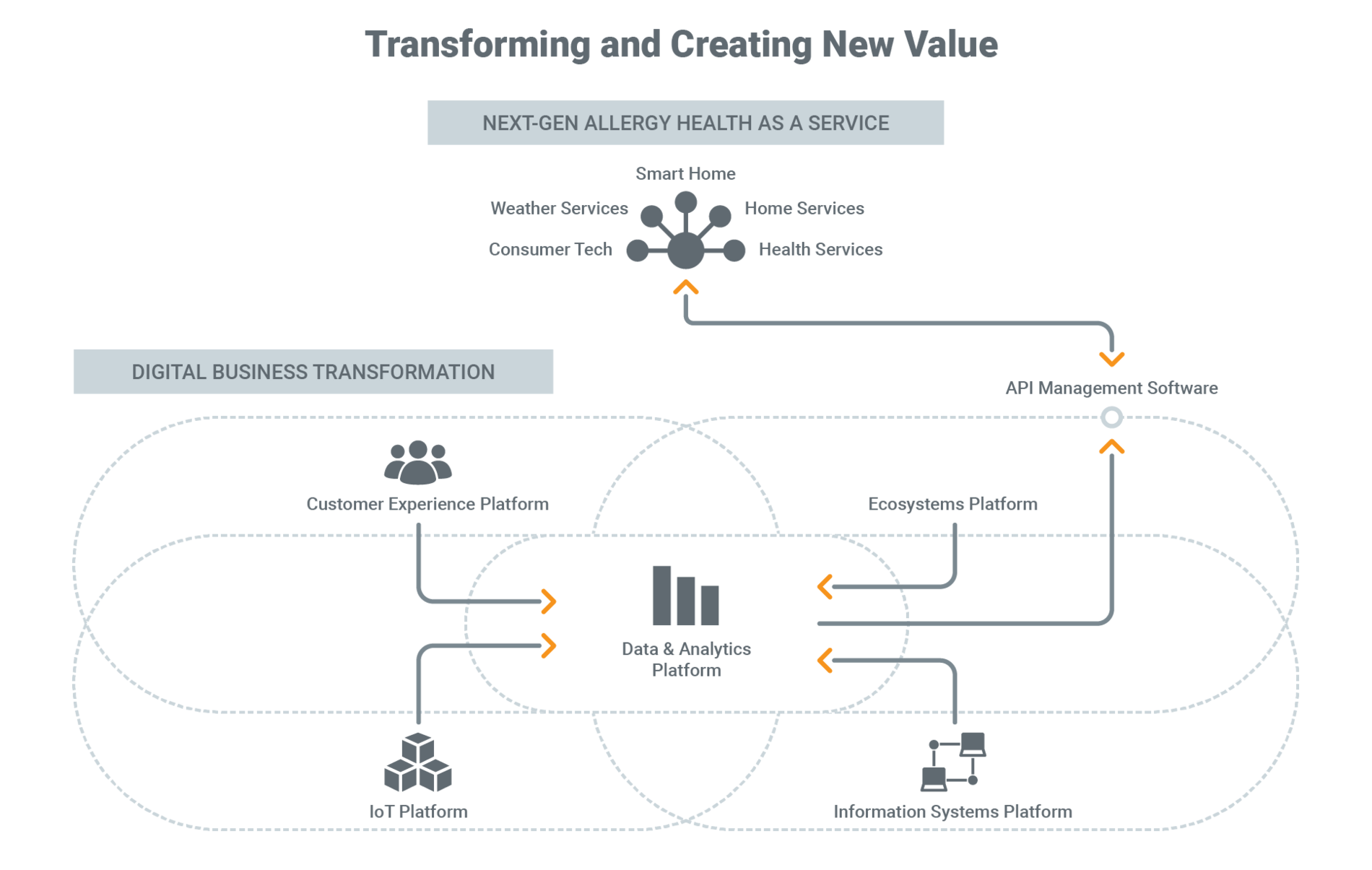Get in touch


The pressure for digitalization is also increasing in the life science sector, as the COVID 19 pandemic reinforces trend towards digital commerce. People are spending more time at home, and shopping is now possible online in most areas. Now e-commerce is not a central life science topic, but the development also affects this industry significantly, because: The increased availability of digital offers is changing the habits of the target group – customers expect to be able to do almost everything online, including in the health context. And that's not all: the increasing complexity of data is delaying clinical studies, access to doctors as prescribers is becoming increasingly difficult, and controls by payers are becoming stricter. Can a digital strategy help to solve these problems? This article provides industry CIOs with ideas and tips on how to approach their digital business.
A look at the market shows that life science companies have not missed out on digitalization. On the contrary – the industry is open for innovation. Mobile apps, machine learning, artificial intelligence, there is no lack of willingness to implement modern digitalization projects, nor is there a lack of technological possibilities. What is missing in many cases is successful scaling - and thus long-term success. What is the reason for this?
The seemingly endless possibilities of modern technologies are tempting. Apps, portals, product websites – developments in these areas promise a direct line to physicians and patients, easier market access, improved customer loyalty. However, they cannot stand alone, i.e. not embedded in a holistic digital strategy, and in the long term cannot contribute to relevant business KPIs. IT market research institute Gartner has also observed that the digitalization measures of life science companies are often rather trend-driven, not scalable and therefore only effective in the short term. This has a negative impact on product quality and ROI. And in the end, deadlocked projects are repeatedly abandoned in favor of new, innovative measures. Efficiency looks different.
Digital business model can only be as good as the underlying technology. In this case, "good" means above all: future-proof. However, the IT environments of most life science companies still consist of monolithic IT systems. Closed architecture models and business applications that end in data silos slow down processes and complicate the integration of new features or systems. At the same time, the diversity of data types and thus the data complexity increases. The most valuable resource of digital business, data, cannot be used optimally and organization-wide. This leads to a fragmented customer journey on the one hand and to the delay of clinical studies on the other. This is where life science companies lose a lot of potential - and the opportunity to scale their digital measures.
In the life science industry, risk appetite has traditionally not been a significant basis for business decisions. The corporate culture is based on security and stability – the subject area automatically brings this with it. Numerous requirements for compliance with legal regulations permanently slow down digital progress. Accordingly, CIOs are still developing and planning technological innovations with great care. However, those who want to successfully implement digital products need a certain start-up mindset. With the rapid pace at which opportunities and customer needs evolve, it is important to put functionality before perfection, make quick decisions and bring usable products to market in a timely manner. This is the only way to ensure that the company's own product range can actually meet current demand.
In order to actually use the potential of modern technologies efficiently and in the long term for their company, life science CIOs must rethink: away from seemingly attractive individual measures and towards a digital foundation for the business strategy. In concrete terms, this means: building a digital platform that enables a holistic shift towards the digital. Why? This is where the most diverse target groups with their offerings and needs can come together, whether they are patients, doctors, hospitals or manufacturers. It is important to understand: Digitalization must be more than just transferring the offering to the online world. The goal should be a platform that achieves much more as a transactional marketplace for information and services: Focusing on customers and their needs, offering touchpoints for the entire customer journey – and making optimum use of existing data.
Of course, such a project cannot be realized in just a few weeks. But that doesn't matter: Development can be carried out successively in completed individual phases – agile development methods in particular enable efficient implementation with continuous prioritization of elementary components.
What to consider:
The starting point for successful digital business must be neither the company's own product range nor the possibilities offered by the technology, but the customers and their needs. A seamless customer experience across different channels, a personalized approach and a user-friendly front end are just some of the elements that customers expect from a digital platform today. For this to succeed, data must be centralized and CRM and mobile applications must be linked.
In terms of implementation, an API-based microservice architecture is initially more complex than the existing monolithic systems. However, if a company wants to be future-proof with its digital platform, there is no way around an architecture that can quickly integrate new features and functions. Changes in the business model and digital strategy can be flexibly absorbed. Agile development methods are particularly suitable for implementation.

The advantage of such an approach: The first step is to focus on the needs of the target group, e.g. of physicians, patients or hospitals. What are the problems, where are the needs, and what digital services can solve them? The most relevant services are then derived from this. The project development cycle during implementation is short: a module, such as a function for a digital patient portal, goes live quickly in a functional version and is tested in practice with real users. With the help of the resulting experience, it can then be continuously adapted and improved in subsequent iterations. This enables high speed and quality - also in the continuous optimization and expansion: Since the services are independent and linked by APIs, they can also be developed further independently of each other and, for example, individually scaled based on a container infrastructure.
If a life science company rethinks and begins to view data as a resource and as the basis for digital transformation, the value of a transactional digital platform quickly becomes clear: Customer and contract data are available centrally, which means that they can be easily enriched and used across different areas, for example through automated analysis, machine learning or AI. In addition, such a platform enables the integration of external systems and sources from which additional insights can be gained and new value generated.

Such a digitalization project is complex and technologically demanding. Gartner recommends that life science companies meet these challenges together with experienced technology partners. This results in a number of advantages:
Some such partner projects are already in the implementation phase. For example, Bristol-Myers Squibb, Pfizer und Fitbit are working together to enable early diagnosis of atrial fibrillation by analyzing fitness tracker data. Sanofi and Google have joined forces to accelerate access to healthcare through technology. Novartis collaborates with Microsoft on research, clinical development and manufacturing projects. Astra-Zeneca also works with Microsoft to accelerate the development of innovative solutions for healthcare consumers and healthcare professionals.
These examples show: Life science CIOs do not have to manage their digitalization projects alone, nor do they have to start from scratch. Instead, they should think bigger and more long-term, away from the small measures and toward the actual business goals. With the right implementation partners, the willingness to innovate can be channelled into an efficient digital business strategy – and ultimately into a digital platform that can meet the challenges of the future.